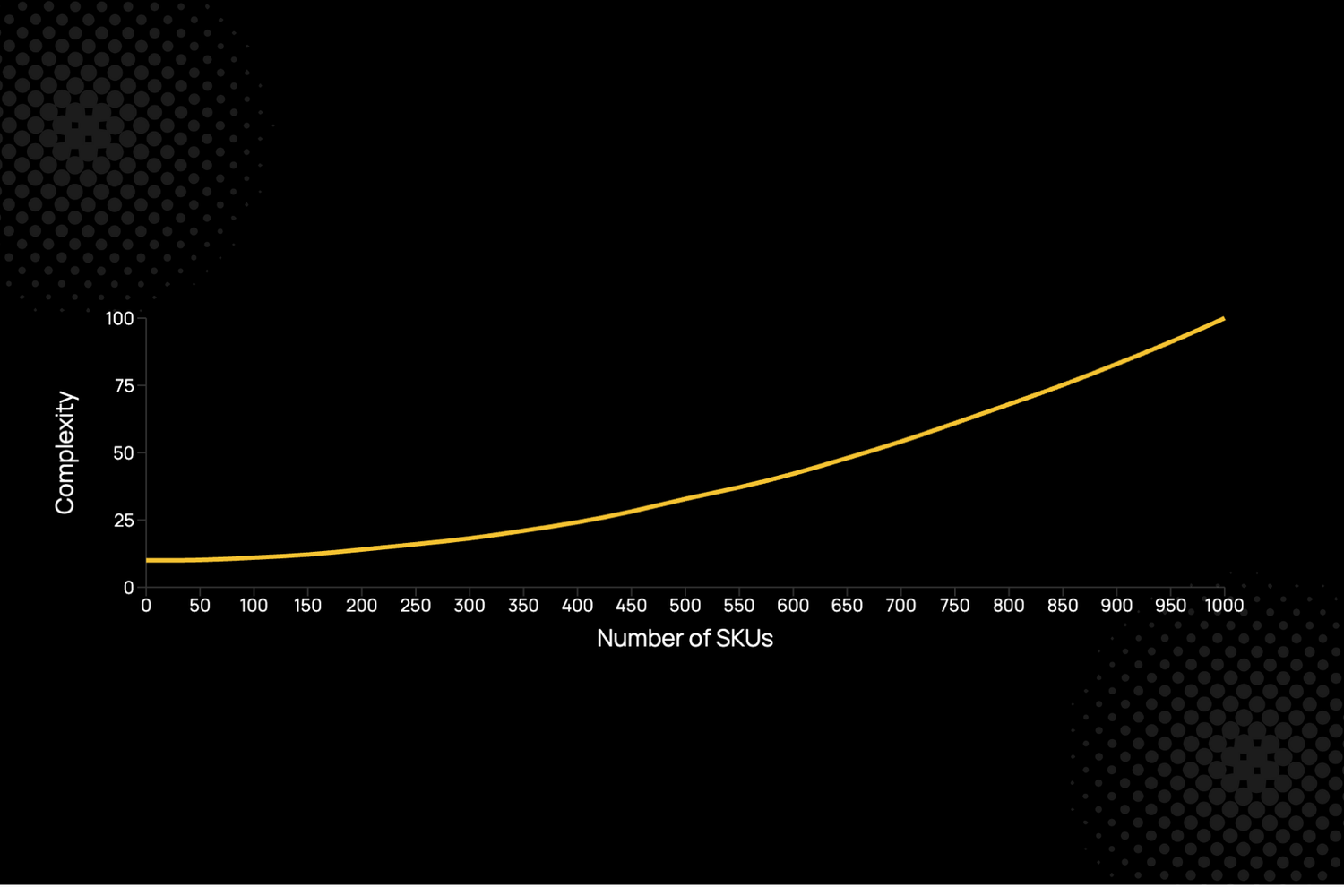Blog / What counts as a large product catalogue?
What counts as a large product catalogue?

At Blink, we typically define a large product catalogue or high SKU count store as one with 250 or more SKUs. But "large" is still a gradient. What matters is how scale introduces new problems.
At 250 SKUs, you start needing consistent processes and scalable structure. By 500, your taxonomy and tagging systems need to be deliberate. Above 1,000, SEO becomes deeply operational. And at 10,000+, you’re coordinating across teams, managing data integrity, and enforcing global rules for execution.
The bigger the catalogue, the less the challenge is about SEO in isolation - and the more it becomes about operations, data, and cross-functional strategy.
The shift from small to structured
If you’ve got 50 products, you can optimise each page by hand. You know what’s in your catalogue. You can keep your navigation lean. SEO strategy is focused on individual page quality, storytelling, and trust.
But as you move into the hundreds, your site starts to behave differently:
- Navigation gets crowded
- Internal linking becomes inconsistent
- Collections bloat or cannibalise
- You lose visibility on what’s ranking where
This is when taxonomy becomes essential - not just for SEO, but for user experience and merchandising. You need to structure things so that humans and machines can make sense of what you’re selling.
The deeper you go, the more operational it gets
Beyond 500 SKUs, most stores experience a tipping point. SEO decisions can’t be made in isolation. They have to be embedded into the way the catalogue is managed.
That means:
- Managing attributes consistently at source (e.g. colour, size, material, fit)
- Ensuring product tags are clean and meaningful
- Structuring collections around real use cases
- Coordinating between SEO, merchandising, and product teams
It also means building processes. For example, how do you decide what collections exist? Who owns canonical rules? How are seasonal or trend-driven groupings handled? Where does schema get generated?
Scaling content and structure
The content challenge also shifts as catalogue size grows. You can’t write 5,000 product descriptions by hand. But you also can’t ignore them.
So your strategy becomes about leverage:
- Building layered collection structures
- Using parent/child collections to model real buying journeys
- Applying dynamic templates for metadata, schema, and copy
- Prioritising high-impact areas like top-selling categories
This is where tools like Macaroni (for implementing structure) and Macalytics (for tracking performance) become essential.
Why demand capture changes too
When catalogues get large, SEO and PPC don’t just get harder - they get different.
You’re no longer optimising for a handful of core terms. You’re trying to capture long-tail demand across hundreds of product types, attributes, and combinations. And that means structuring your site to surface the right entry points for each query.
The job becomes:
- Identifying how users search (by need, attribute, use case, aesthetic)
- Mapping those terms to structural entities (collections, tags, templates)
- Ensuring every high-intent query has a home on the site
This isn’t just SEO - it’s architecture. And it needs to be embedded in how teams work.
The need for cross-team integration
This is where our best work happens - not just tweaking tags or writing content, but consulting across departments:
- Helping merchandising teams map trends to taxonomy
- Aligning product data practices with search strategy
- Building scalable rules for content and structure
- Implementing indexable filters or custom templates
Large catalogue SEO is no longer just marketing. It’s operational infrastructure.






